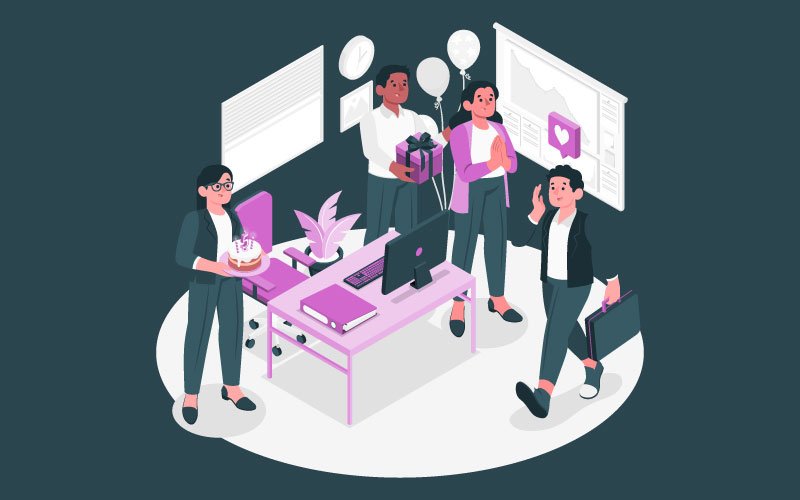At some point in our professional journey, especially around the mid-career mark, a quiet but persistent question tends to surface: “Is this all there is?” It’s not a crisis, nor a complaint. It’s just an honest moment of introspection.
Why reinvent?
By this stage, most professionals have built a stable foundation. They’ve delivered results, developed deep expertise, and earned the trust of colleagues and clients. Yet, in the midst of all this, a feeling of restlessness can creep in. The work might still be important, but the excitement starts to fade. Familiarity, once comforting, begins to feel limiting. Sometimes, there is a strong calling to tread uncharted pathways. In some other cases, the drive to escape from the drudgery of listening to advices and instructions of others could grow strong. That’s when the idea of reinvention starts to take root.
What it is?
Reinvention isn’t about throwing everything away and starting over. It’s not necessarily a career switch or a dramatic change in direction. At its core, reinvention is about adding a new layer to your professional identity — expanding your possibilities, reimagining your contribution, and realigning your career with who you are today.
The hesitation to reinvent is natural. After years of effort, there’s a fear of losing what’s been built. There’s also the weight of the labels we’ve carried — “I’m a finance professional,” “I’ve always been in sales,” “I’m not the creative type.” These identities, while they’ve served us well, can become self-imposed boundaries that limit growth.
Let’s start to reinvent!
Then there’s the uncertainty — where do we begin? Reinvention can feel abstract unless it’s made tangible. But the truth is, it often starts with something small. A moment of reflection. A new conversation. A project outside your usual scope. It could be signing up for a course that sparks curiosity, volunteering for a cross-functional role, or even just reconnecting with interests that once felt important but got sidelined over time.
One of the most effective ways to begin this journey is to pause and truly listen to yourself. What energizes you now? What parts of your work do you find draining, not because they’re hard, but because they no longer feel interesting, exciting and meaningful? Often, the answers are already present in your daily experience — they just need to be acknowledged.
It also helps to talk to people beyond your immediate circle. Conversations with those in different roles, industries, or life stages can offer new perspectives. They remind us that careers are not meant to be linear. The professionals who thrive over the long run are rarely the ones who stuck rigidly to one version of themselves. They’re the ones who stayed curious, took measured risks, and allowed themselves to grow.
Reinvention doesn’t demand a complete overhaul. It asks for openness. A willingness to evolve. You need to be aware of various possibilities and learn more about them by consistent efforts. And above all, a mindset that treats change not as a disruption, but as a natural and necessary part of growth.
If you’re at that point where something inside you is nudging you to explore, don’t ignore it. That restlessness could be the start of your most meaningful and fulfilling chapter yet. Reinvention is not just possible at mid-career — it might be your biggest advantage.











